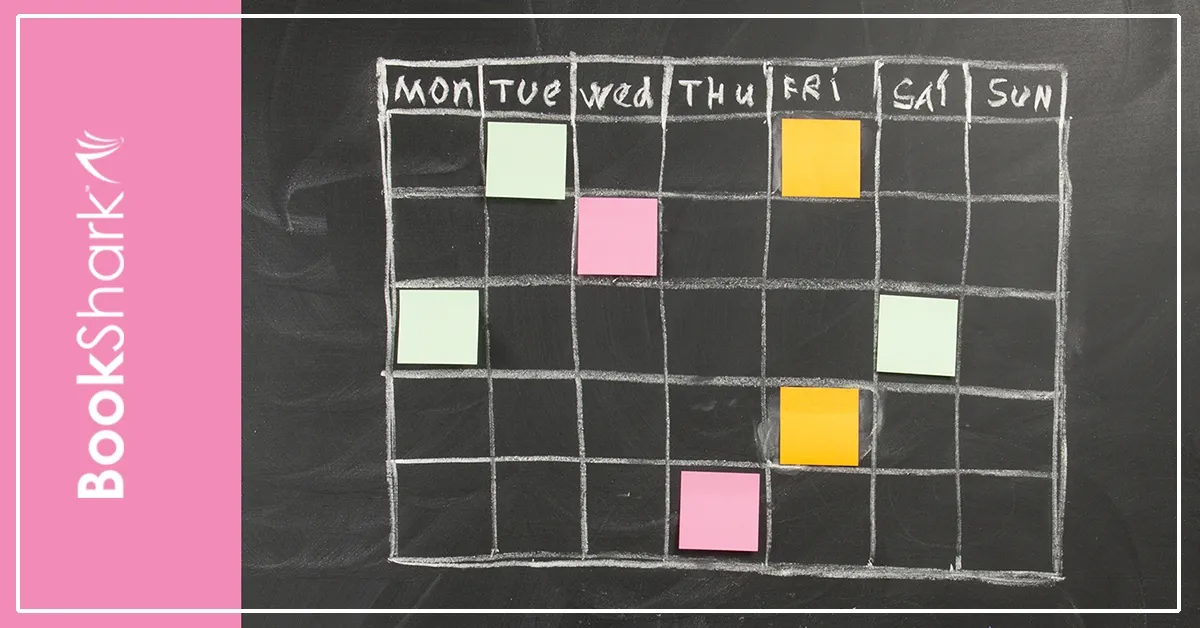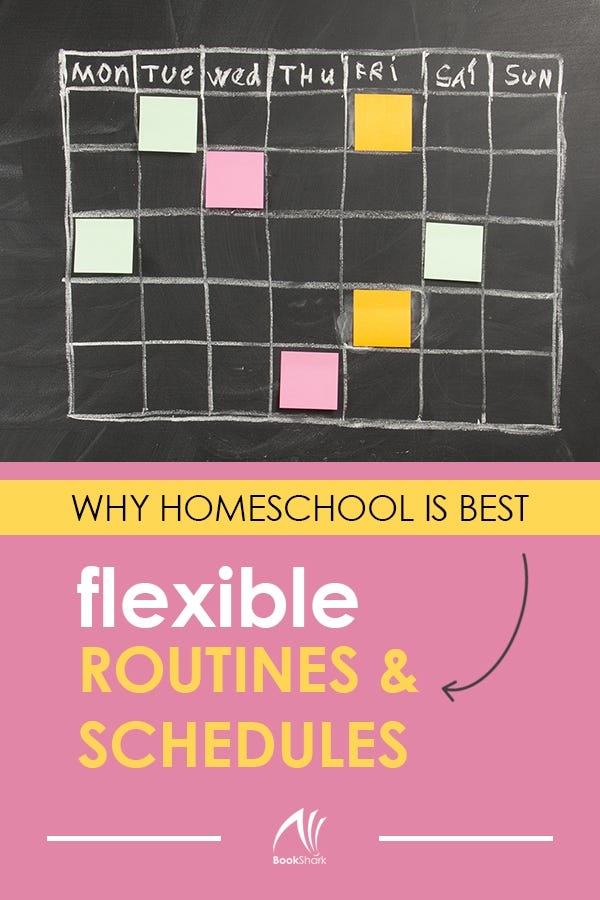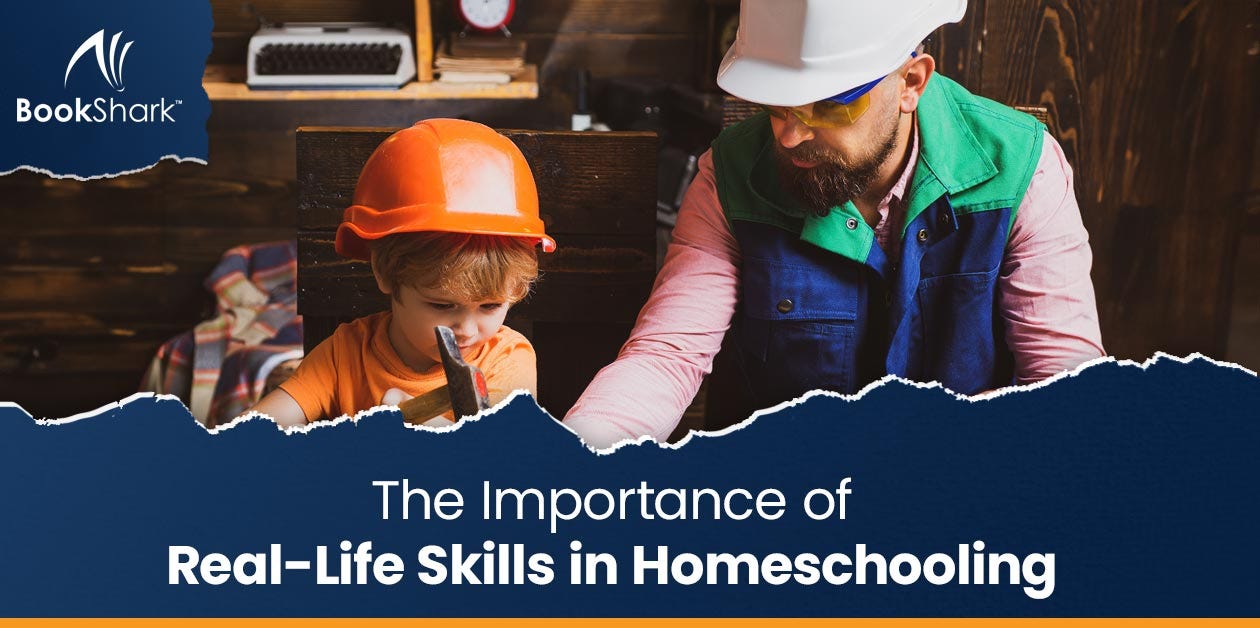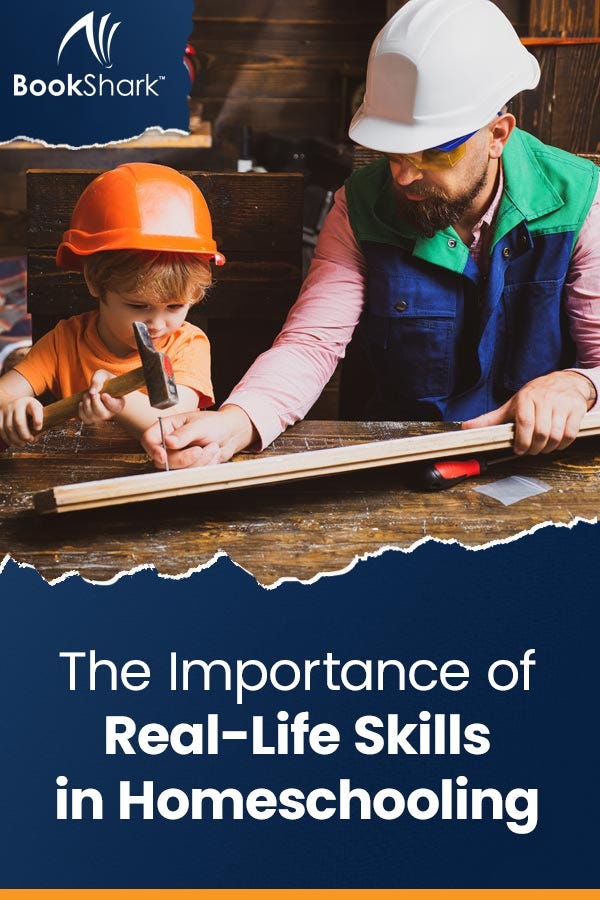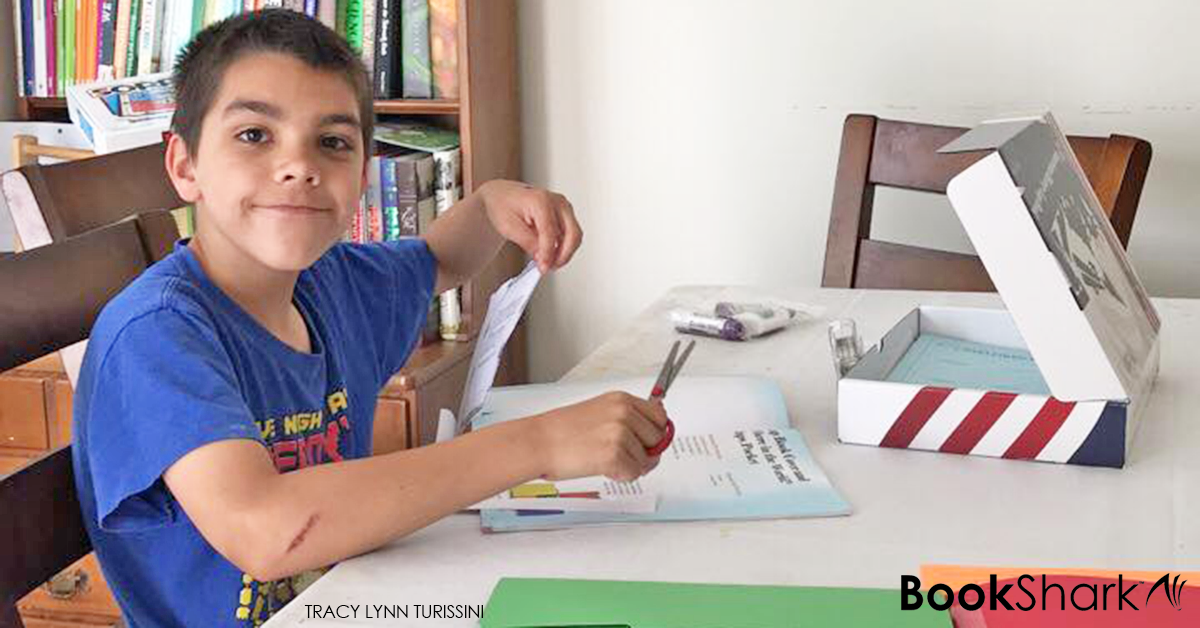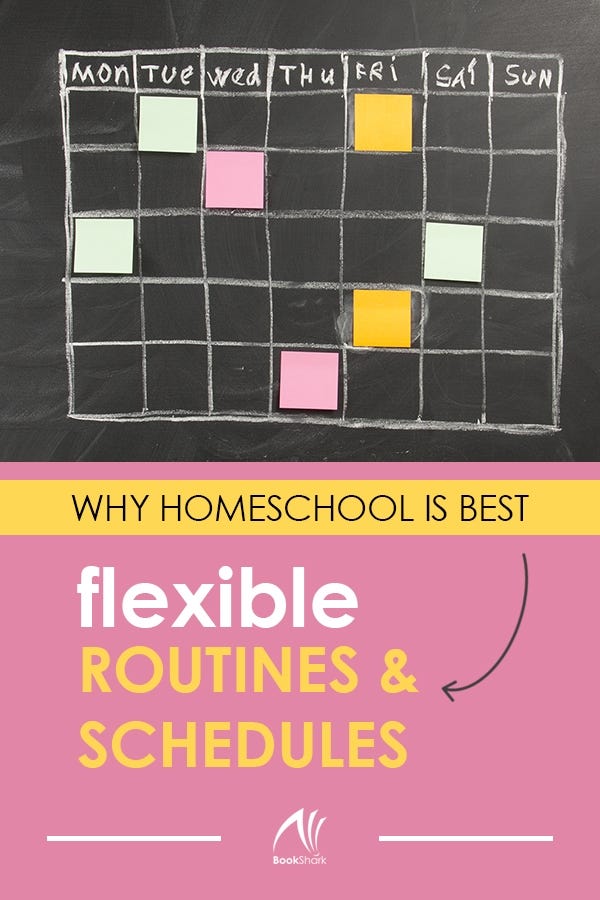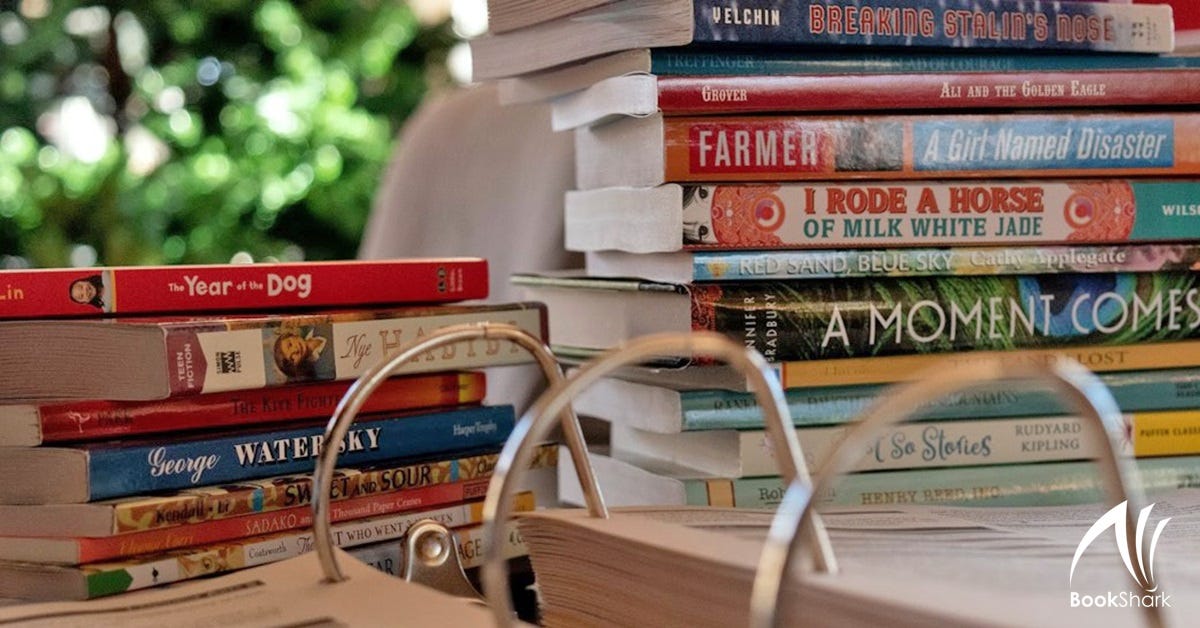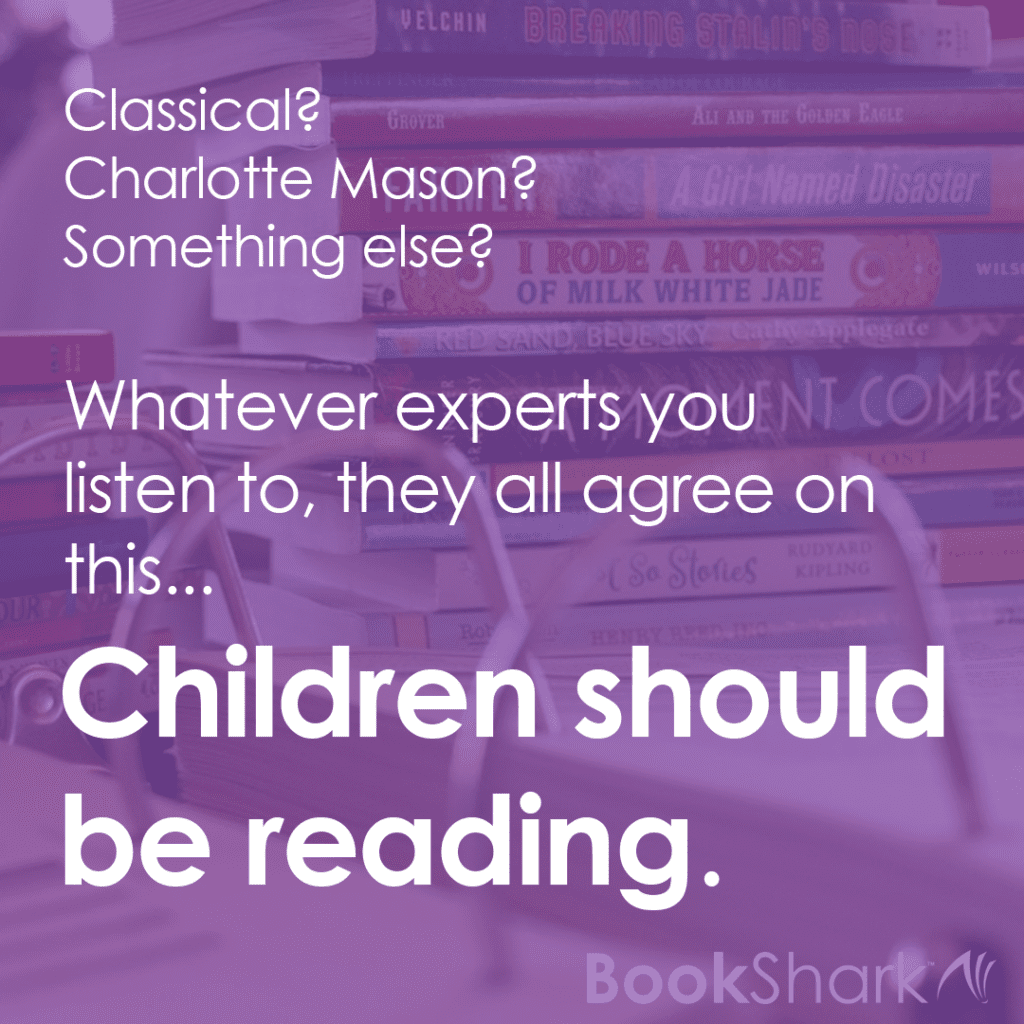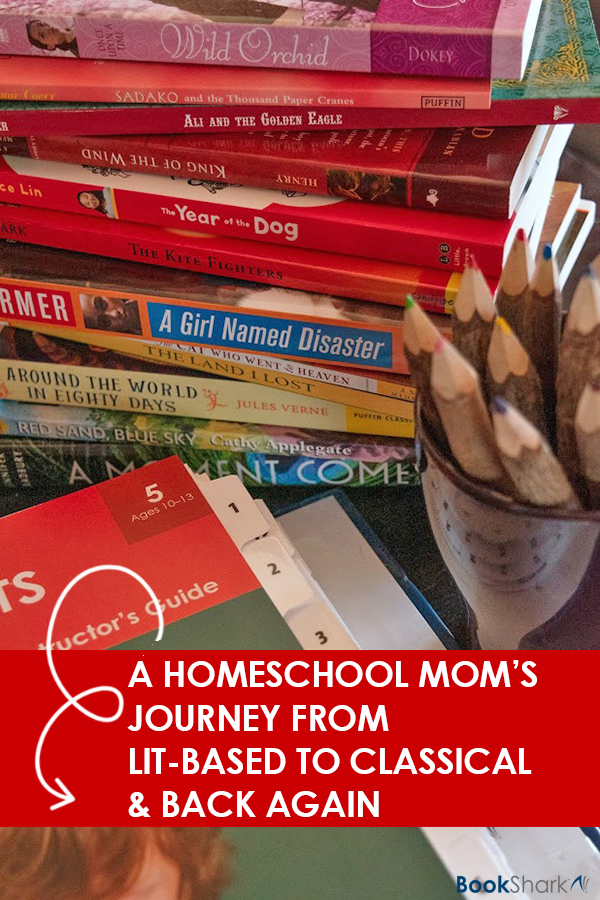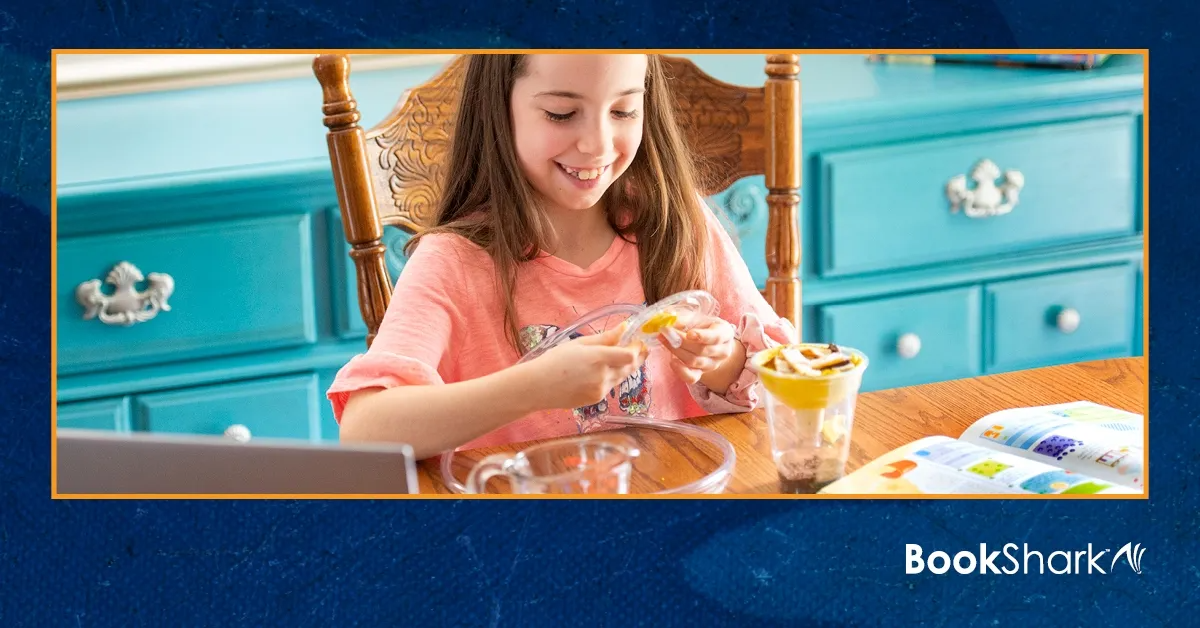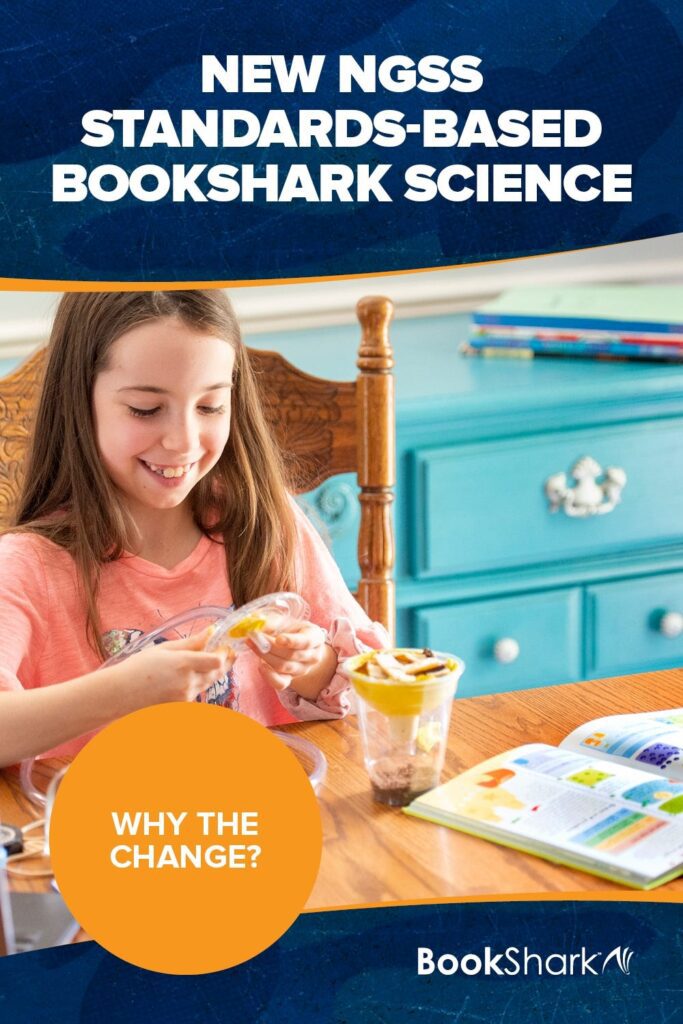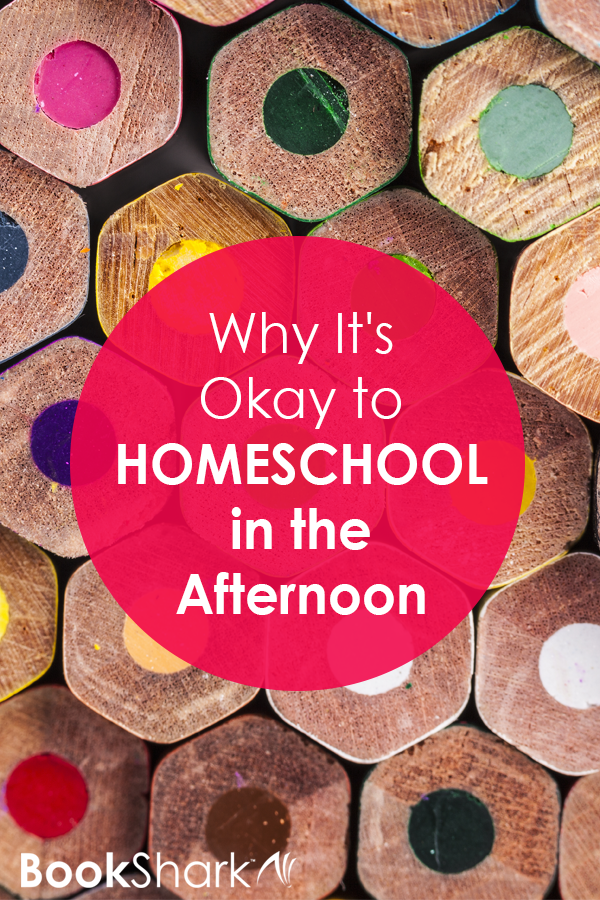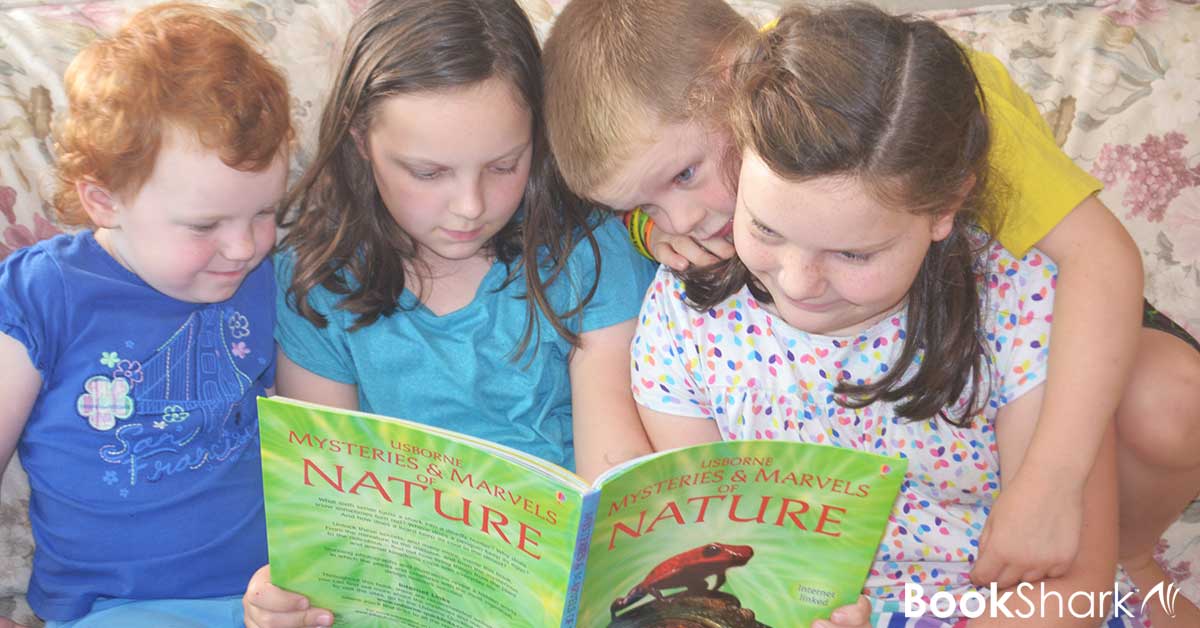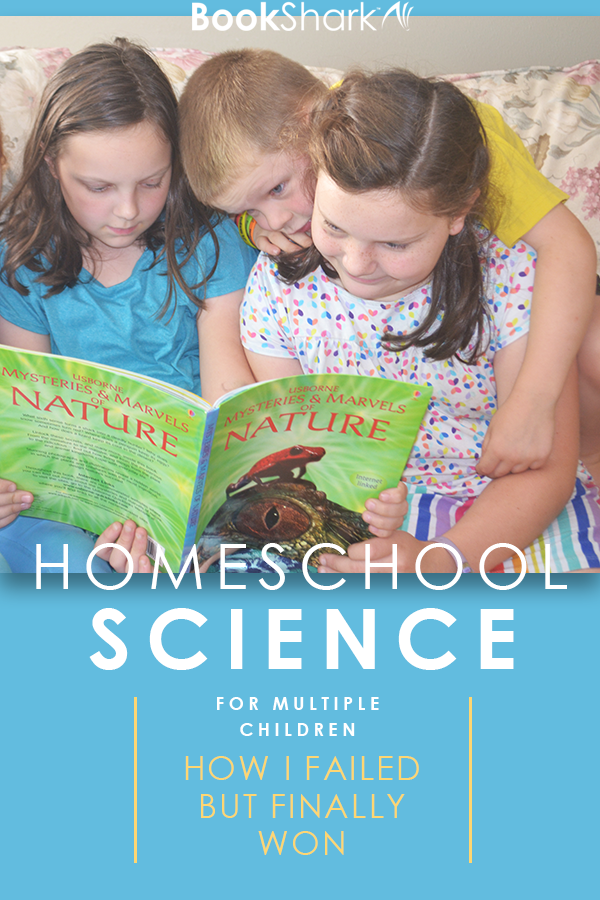I need some alone time, mommy. I’m an introvert.
I’ve known my son is an introvert for a long time. Of all my children, he is the only one who intentionally goes into his room and plays for hours by himself. He gets easily overwhelmed by multiple people talking at the same time. He also gets extremely frustrated and exhausted when he’s interrupted.
He’s your classic introvert: quiet, reserved, and soft-spoken. He’s quite the opposite of his outspoken older siblings.
I didn’t set out to homeschool specifically because of personality. However, I’m convinced that homeschooling offers so many benefits to introverted children that traditional schools can’t provide.
1. Extra Processing Time
Introverts need time to process information and experiences far more time than extroverts. They gather information constantly and can ponder it for days.
It’s not uncommon for teachers to move on from a subject, thinking it’s done. Then to their surprise, an introverted child will share some deep thought or conclusion about it days later. They’re just now ready to talk and engage more with that subject.
And all that time in between?
They were thinking, processing, and making connections. All this happened in the quietness of their own minds.
Extroverts may easily jump from subject to subject. Introverts need more time to dwell on a particular subject. They also crave the flexibility to return to topics they’ve pondered for a few days. Homeschooling allows introverted children to take as much time as they need.
2. Reduced Risk
Not every extrovert is a risk-taker. Yet, research shows that the majority are far more apt to take risks than their introverted counterparts.
Think about how much risk it takes to ask a question in a classroom full of peers. Just the thought keeps many introverted children’s hands right by their sides.
The ones that risk and fail? They are even less likely to risk in the future.
Asking and answering questions is rewarded in a traditional classroom. Even if a student does well in other areas, he might be penalized for lack of class participation.
In addition, introverts think deeply about problems. They might not be ready to answer questions as rapidly as teachers ask them. Homeschooling provides a safe place to both ask and answer questions. They don’t have to fear failure or ridicule. It gives them time to think before answering.
Therefore, introverted children can grow in confidence in this secure place. They’ll need it to engage and succeed in a culture that favors extroverted character traits.
3. More Alone Time
While it’s a myth that all introverts steer clear of people, most do need time alone to recharge. That quiet time is not just a nice thought or bonus.
They need it.
Introverted children who attend school all day can become overloaded by the excess stimulation. Because of this, they come home withdrawn at best, and a hot mess of pent-up emotion at worst. Homeschooling provides time for introverts to be alone and get the quiet time they desperately need. As a result, they can give their best emotional energy to the people closest to them their family.
4. Fewer Interruptions
As an introvert myself, having four children made me realize that interruptions drive me crazy. Not only that, they literally sap the energy out of me. When I’m reading aloud during our homeschool day, the more I am interrupted, the less energy I have to finish a chapter. When I’m interrupted in the middle of a task, I can completely forget what I was doing.
I’m starting to see more of this in my son. He struggles with speech, so when his siblings interrupt him repeatedly, he forgets what he was going to say. This adds to his frustration.
Also, interrupted subjects in school settings frustrate introverts. When the clock says time’s up, the teacher moves on to the next subject. So, telling an introverted child to save a math sheet for homework or to finish the book later can be extremely frustrating.
Depending on your family dynamics, homeschooling can be an ideal way to avoid interruptions. You can spend as long as you need on a particular subject.
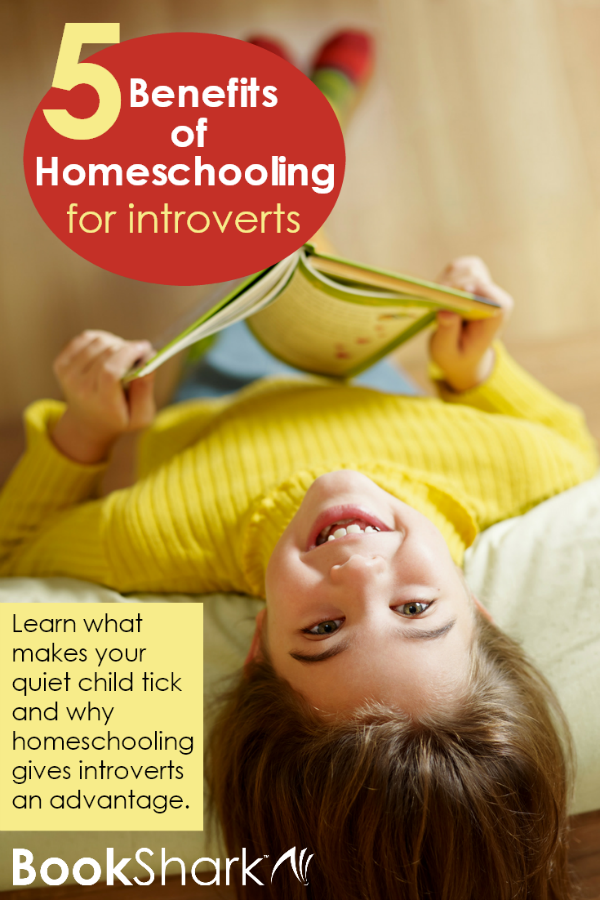
5. A Chance to Develop Leadership Skills
Leaders who demonstrate extroverted qualities flourish in western cultures. Assertiveness, quick thinking, teamwork, charisma, confidence, and multitasking are all traits of the extroverted leader.
It’s easy to overlook introverted leaders in a school setting. The culture values and praises extroverted leadership traits. Because of this, introverts can start to believe that they aren’t really leaders at all. But introverts make good leaders, too. Schools just struggle to recognize and develop them.
Introverted leaders tend to have better focus, better listening skills, and more creativity. They are also cautious. They like to think carefully about a problem. Then they act. This can be essential for certain leadership positions.
Homeschool parents have the opportunity to help their introverted children become strong leaders in three simple ways:
- Provide a safe space to be themselves
- Praise introverted leadership qualities
- Provide opportunities to practice leadership
The Homeschool Advantage
While introverts can succeed in a traditional school setting, homeschooling gives them a distinct advantage that they may not get anywhere else. If you need more information about raising introverts, I highly recommend these two titles:
- Quiet: The Power of Introverts in a World That Can’t Stop Talking by Susan Cain
- Nurture by Nature: Understanding Your Child’s Personality Type by Paul D. Tieger
And consider homeschooling. If your introverted children are not flourishing in traditional school, homeschooling might be the best gift you can give them.

About Our Author
June loves deep discussions about homeschooling, parenting, and minimalism. When she’s not homeschooling, decluttering, or blogging at This Simple Balance, she loves to enjoy perfect silence while sipping a hot cup of coffee and thinking uninterrupted thoughts—which, of course, with four kids ages eight and under doesn’t happen very often!

